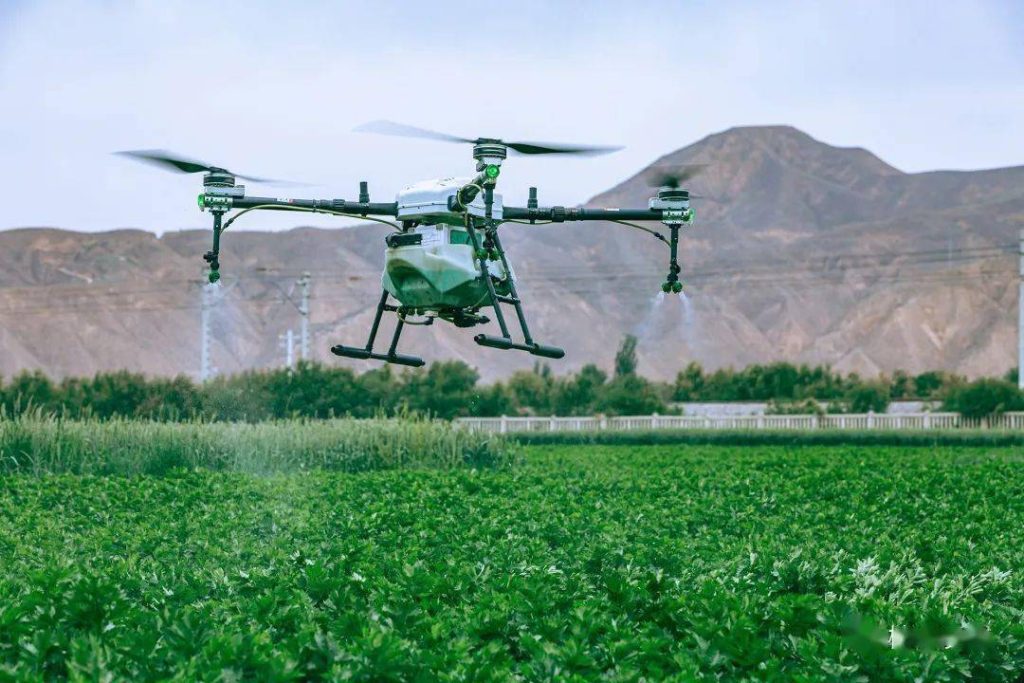The world’s population is growing, and so is the demand for food. To meet this demand, agriculture needs to become more efficient and sustainable. One technology that holds great promise in achieving these goals is the use of drones for crop monitoring.
Agricultural drones offer a unique perspective on crop health and conditions. Equipped with high-resolution cameras and sensors, they can capture detailed imagery and data from above. This information is crucial for farmers to make data-driven decisions about irrigation, fertilization, and pest control.
One of the key advantages of using drones in agriculture is their ability to cover large areas quickly. Traditional methods of crop monitoring, such as walking through fields or using manned aircraft, are time-consuming and expensive. Drones, on the other hand, can fly autonomously over vast expanses of farmland, providing real-time data and saving both time and money.
Furthermore, drones can be programmed to follow specific flight paths, ensuring that every part of the field is adequately monitored. This level of precision allows farmers to address problems early, preventing crop loss and maximizing yields.
In conclusion, drones have the potential to revolutionize agriculture by providing farmers with a cost-effective and efficient tool for crop monitoring. As technology continues to advance, we can expect even more sophisticated drones to further enhance food production and sustainability.







Please sign in to comment
register